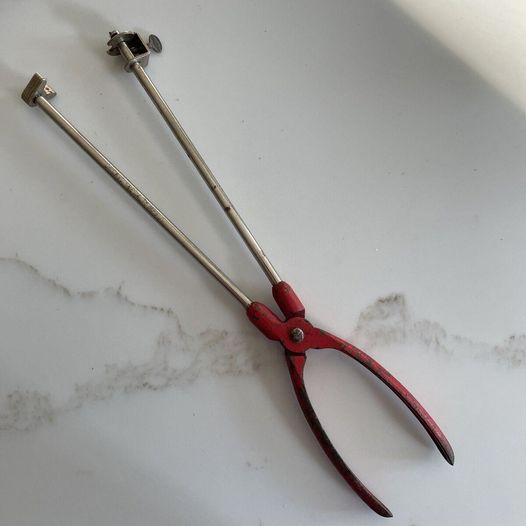Introduction
Vintage glass tube cutters are fascinating tools with a rich history. They were essential in various industries, from scientific laboratories to glassblowing workshops. Understanding their history, usage, and legacy offers insight into their impact and enduring relevance.
History
The concept of glass tube cutting dates back to the early 20th century when precise glass cutting became crucial in scientific and industrial applications. Before the advent of modern cutting tools, glassworkers used rudimentary methods that often resulted in imprecise cuts and wastage.
The vintage glass tube cutter emerged as a solution, designed to make accurate, clean cuts in glass tubes. Early models featured a simple, yet effective mechanism: a rotating cutting wheel that scored the glass, followed by a method to snap the tube along the score line. As technology progressed, these tools evolved, incorporating better materials and more refined mechanisms to improve performance and durability.
Usage
Vintage glass tube cutters were primarily used in laboratories, workshops, and manufacturing settings where precision was paramount. In laboratories, they enabled scientists to cut glass tubing to exact lengths for experiments and apparatus. Glassblowers and craftsmen used them to create custom glass pieces, ensuring clean, straight cuts.
The tool typically consisted of a handle, a rotating cutting wheel, and a guiding mechanism. To use, the operator would rotate the wheel to score the glass surface. After scoring, gentle pressure was applied to snap the tube cleanly. This method minimized waste and allowed for more precise work compared to earlier techniques.
Legacy
The legacy of vintage glass tube cutters is evident in their influence on modern glass cutting tools. These early designs laid the groundwork for advancements in glass cutting technology, which now includes automated and high-precision devices. Despite technological progress, the basic principles of the vintage cutter—scoring and snapping—remain relevant.
Collectors and enthusiasts appreciate vintage glass tube cutters for their craftsmanship and historical value. They represent a time when manual skill and precision were essential in glassworking. Their design and use highlight the evolution of glass cutting techniques and the continuing importance of accuracy in the field.
Conclusion
Vintage glass tube cutters are more than just tools; they symbolize the evolution of glass cutting technology. Their history, usage, and legacy underscore the significance of precision and craftsmanship. Reflecting on these tools allows us to appreciate the advancements in glassworking and the enduring value of well-designed cutting instruments.

Leave a Reply